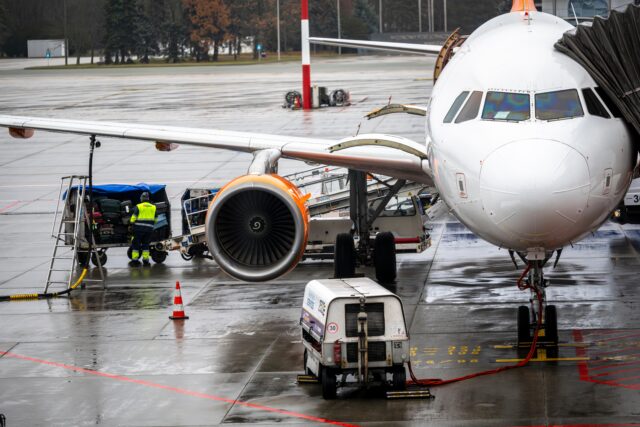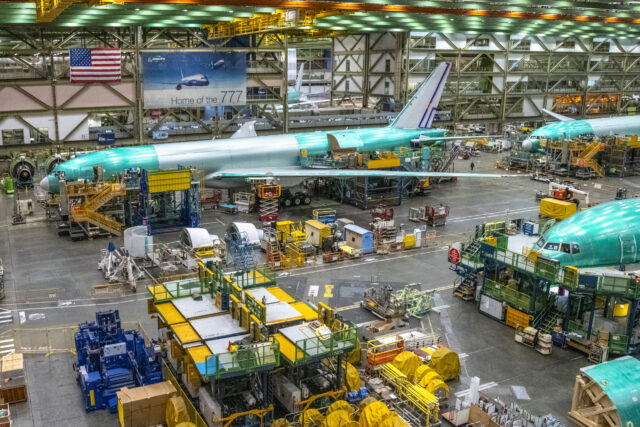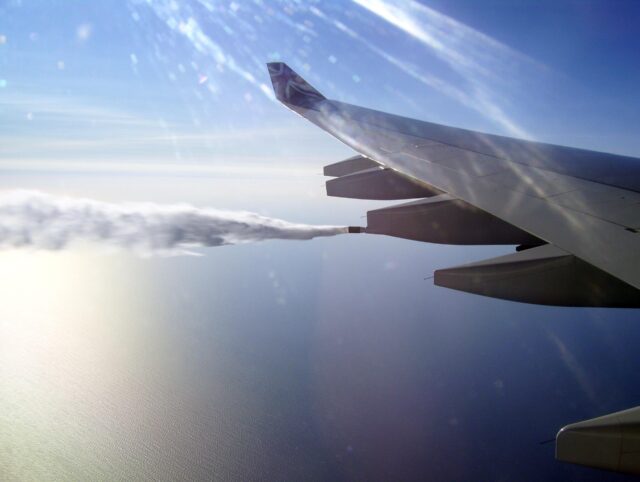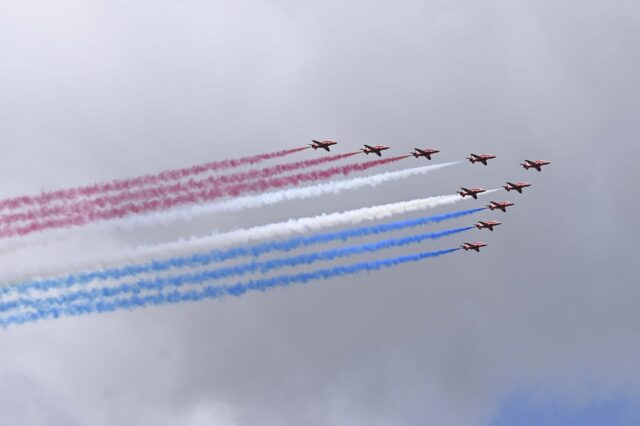Three aircraft carriers lead allied show of force against China in Philippine Sea

August 11, 2025

In response to an increasingly assertive China, three aircraft carriers and six allied navies are presenting a show of force in the North Philippine Sea. This comes as China pushes its claim to waters in the region, and allied nations push back.
100 days deployed 🌊 #CSG25 pic.twitter.com/gi9Dmldf06
— UK Carrier Strike Group (@COMUKCSG) July 30, 2025
Three carriers and a total of four flat tops in the Philippine Sea
The aircraft carriers include the United Kingdom’s HMS Prince of Wales and the associated Carrier Strike Group. She is carrying British F-35B fighter jets, which are shared between the Royal Navy and Royal Air Force.
On the American side is the Nimitz-class USS George Washington nuclear supercarrier with Carrier Air Wing 5 on board. From Japan is the JS Kaga.

Due to restrictions in the Japanese constitution forbidding the country from having offensive weapons like aircraft carriers, the JS Kaga is officially classified as a multi-purpose destroyer. She is functionally a helicopter carrier that is currently undergoing transition to be a light carrier able to operate F-35B fighter jets.

A fourth flat-top present, not typically considered an aircraft carrier, was the United States Navy USS America amphibious assault ship. These amphibious assault ships can also operate F-35B fighter jets.
Over a dozen ships are taking part in the exercise, including warships from the Norwegian, Spanish, and Australian navies.
Our Spanish partner ESPS Méndez Núñez has linked up with JS Kaga and JS Teruzuki and is now en route to rejoin the Task Group for combined exercises at sea. 🇬🇧🇪🇸🇯🇵
— UK Carrier Strike Group (@COMUKCSG) August 3, 2025
#StrongerTogether #CSG25 #OpHighmast pic.twitter.com/pPOiuf7RFQ
Multinational efforts to contain China
According to Task and Purpose, the Japanese Maritime Self-Defence Force stated the exercise is intended to “train crews on cross-deck operations and anti-submarine warfare.”

Task and Purpose noted that earlier this year, JS Kaga and another American supercarrier, the USS Carl Vinson, conducted similar multilateral operations as part of Exercise Pacific Steller 2025 in the Philippine Sea with ships from other countries like France.
The US Navy at the time stated that it was an effort “to maintain an open and inclusive Indo-Pacific, free of all forms of coercion.”
Tried to smash into our Philippine Coast Guard ship
— BRP Sierra Madre (@BRPSierraMadre) August 11, 2025
They missed it.
Instead, the China Coast Guard struck their own PLA Navy ship — crippling their own asset inside the Philipppine EEZ. 🚢💥🚢
Now your Coast Guard vessel is busted — inside OUR EEZ.
And yes, we still offered… pic.twitter.com/fzu3IUl8mj
Separately, a Chinese Navy destroyer and a Chinese Coast Guard vessel rammed into each other, as they were harassing a Philippine Coast Guard ship in waters claimed by both the Philippines and China. Images online show the Chinese Coast Guard ship suffered significant damage to its bow.
🇨🇳🛳️ Aftermath of the collision between a Chinese Navy ship and a Chinese Coast Guard vessel. pic.twitter.com/Dvo7GLHZvo
— MAKS 25 🇺🇦👀 (@Maks_NAFO_FELLA) August 11, 2025
China’s rising aircraft carrier fleet
The show of aircraft carrier strength comes as China rapidly grows its aircraft carrier fleet. The Chinese Navy commissioned its first carrier, the ex-Soviet Varyag, as the Type 001 Liaoning, into its navy in 2012.
Now it’s the third carrier, and the first indigenously designed and produced supercarrier, the Type 003 Fujian, is undergoing sea trials. China is known to already be working on building a fourth, and this time, nuclear-powered aircraft carrier.

China is also working to develop a new fighter jet for its growing fleet of carriers. The fifth-generation Shenyang J-35 appears to have entered serial production, and it is believed to be coming with a carrier-capable version.
Separately, the Chinese have recently reported that the leading Chengdu J-20 stealth fighter has managed to fly between Korea and Japan undetected. It is unclear if it was undetected or not, but Chinese media are presenting it as breaching the fortified belt of island chains that the US uses to contain China.
















